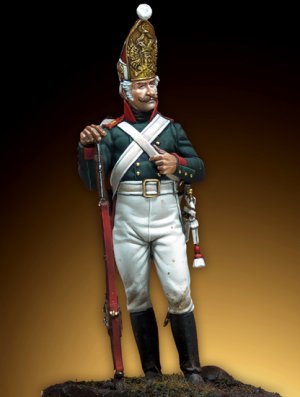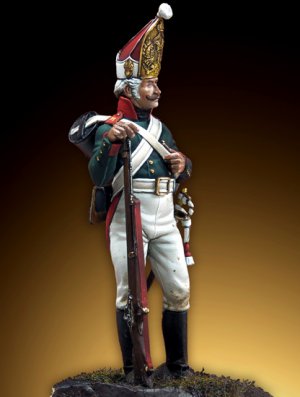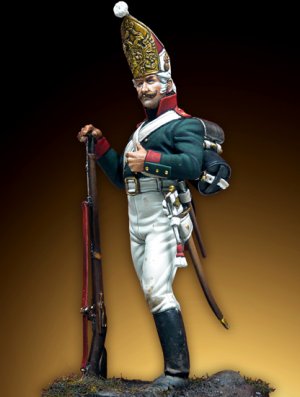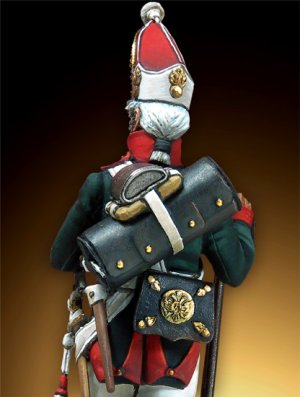







Ref.: ROME-54057

Gioacchino Murat 1767-1815 Born in France at labastide-Fortunière, known today as Labastide-Murat on the 25th march 1767. On the 23th February 1787, at the age of twenty, he joined the army and began a brilliant military career, soon becoming the best commander in the Napoleonic cavalry. His first meeting with napoleon was on the 4th October 1795, and in 1796 he was in command of his first cavalry charge. On the 10th May in the same year he was promoted to Brigadier and in 1799 to Major-general. On the 18th January 1800 he married Caroline, Napoleon’s younger sister. In 1801 he was appointed to lieutenant-general in Italy; in 1804 he was nominated Field-marshal of the Empire and decorated with the collar of the Legion of the Honour. In 1805 he became Governor of Paris and in 1808 he was nominated the Emperor’s Lieutenant in Spain. Contrary to his expectations, on the 15th July 1808 he became King of Naples and was loved and appreciated by the people. He re-organised the army and, alongside the French army, on the 16th October in the same year, he defeated the Anglo-Sicilian garrison and conquered the isle of Capri. In 1812 he was head of the General Staff of the Grand Army in Russia. In 1813 he returned to Naples and reached an agreement with the Austrians and English. He joined the coalition against Napoleon and repelled the army of Eugene Beauharnais in northern Italy. After the fall of Napoleon, the Bourbons insisted on his exile, and so he sided with his brother-in-law again during the 100 days, declaring war on Austria and proclaiming Italy’s independence (30th March 1815). Defeated by the Austrians in the battle of Tolentino (2nd – 3rd May 1815), he escaped to France and then to shelter in Corsica from where he organised an axpedition to Calabria to try to win back his kingdom. On the 7th October 1815, after various vicissitudes, he landed at Pizzo Calabro with just 30 men; the expedition failed and he himself was captured. After a rapid trial, he was put to death by a firing squad on the 13th October 1815.